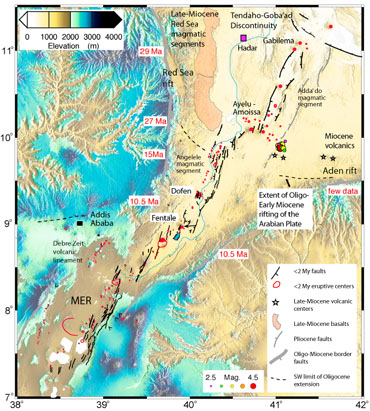
Figure 1: Simplified map of structural features of southern Afar and Main Ethiopian Rift
The magma‐assisted removal of Arabia in Afar: Evidence from dike injection in the Ethiopian rift captured using InSAR and seismicity by Keir et al, 2011
Non-technical summary
As tectonic plates move apart dykes (vertical sheets of magma) are intruded along the rift zones that form between the two plates. In southern Afar, where rifting is currently controlled by the movements of the African and Somalian plates, this means most dykes should be intruded NE-SW along the rift. However, in May 2000 a ~6km long and ~1.5m wide dyke intruded NW-SE, perpendicular to the East Africn rift. This paper uses InSAR (satellite data that measures the changes in ground height) and seismic data (location of earthquake epicentres and information from energy waves released by earthquakes) to explain this apparent anomaly.
InSAR was used to determine the dyke is 6.1km long, 1.5m wide, oriented NW-SE, dipping 86 degrees towards NE and extends 6-12km depth. Information from earthquake epicentres show these cluster around the dyke, that the dyke intruded from west to east over four days with half its initial length on the first day of the intrusion and the rest over the next three days.
We appeal to the tectonic history of southern Afar to explain the anomolous intrusion. Today, southern Afar is part of the Main Ethiopian Rift, which forms the northern end of the East African Rift system. This largely NE-SW rift system is dominated by the movements of the African and Somalian plates. However, during the Oligo-Miocene (~30-10million years ago) southern Afar was rifted NE-SW during opening between the African and Arabian plates also responsible for formation of the Red Sea and Gulf of Aden. This present day intrusion in southern Afar accomodates opening between Africa and Arabia and suggests extension is not exclusively focused along the main Red Sea and Gulf of Aden plate boundaries in northern and eastern Afar, but that a broader region also experiences some extension.
Full paper (PDF file)
